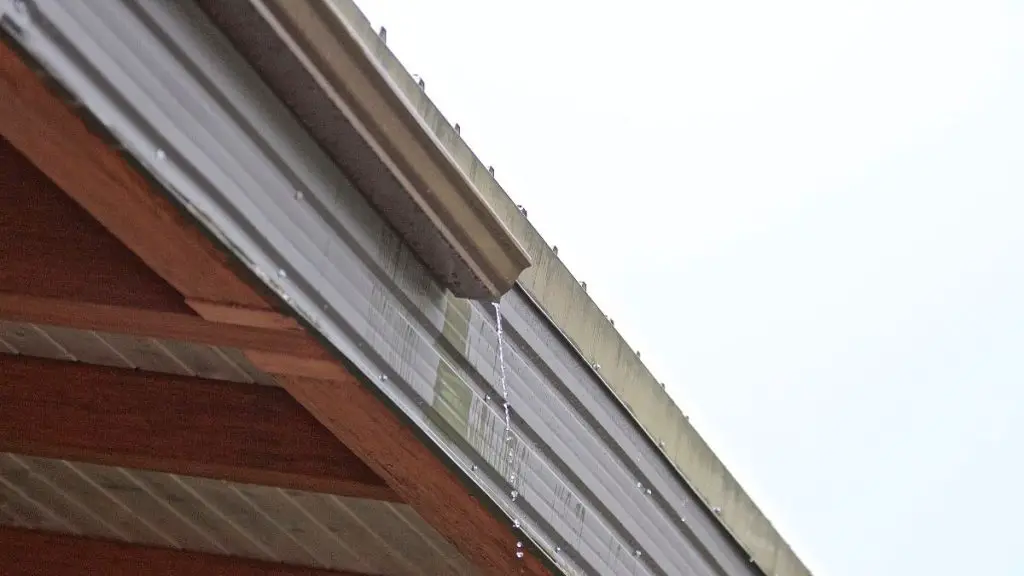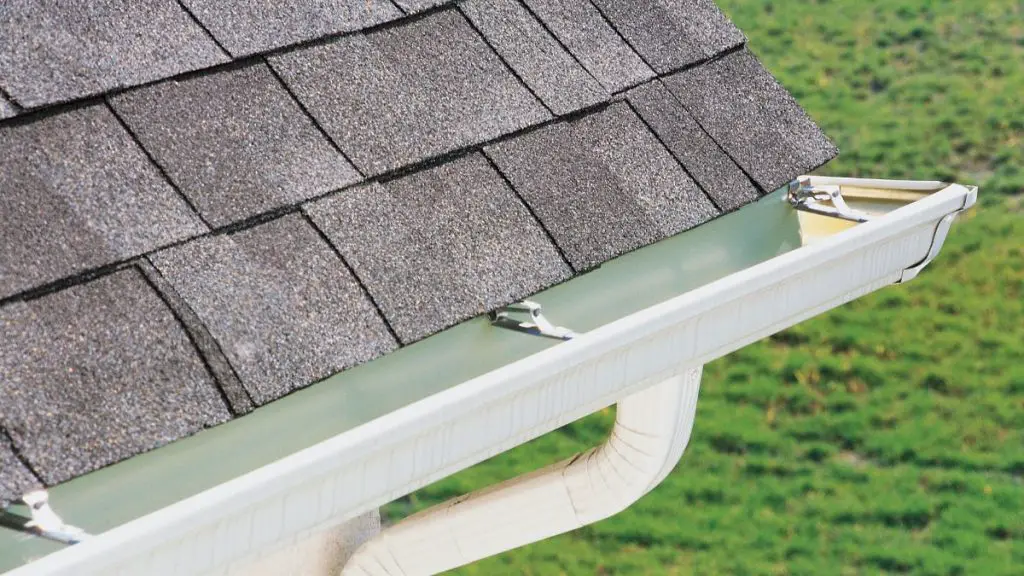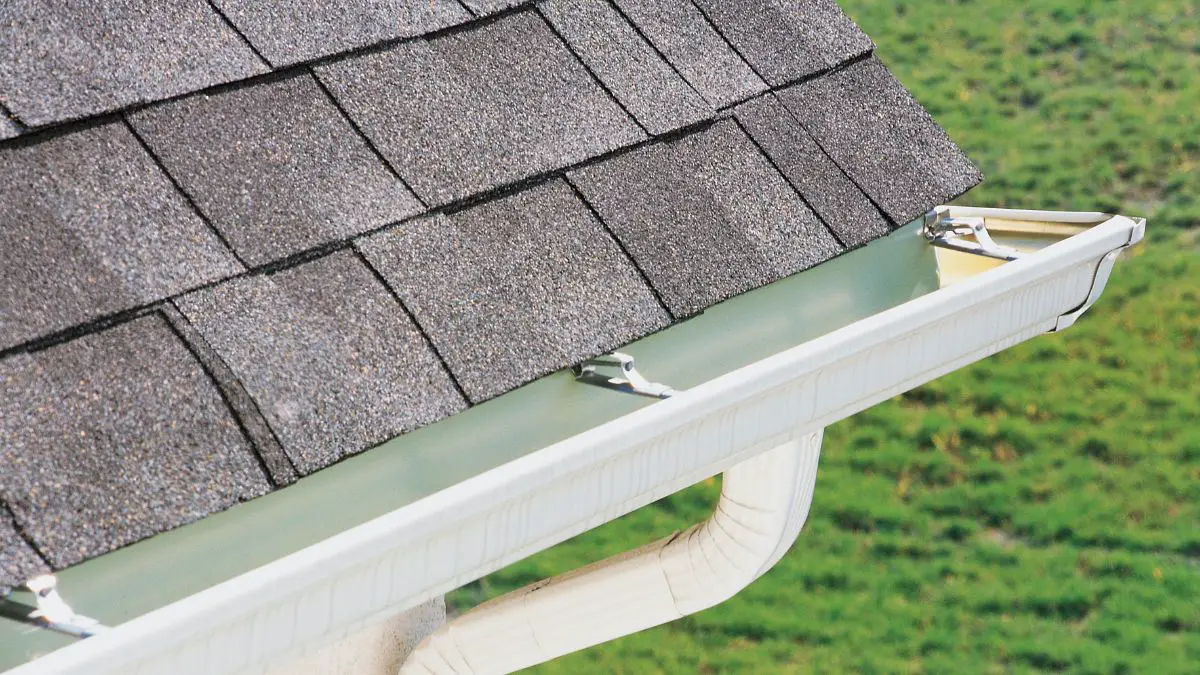Are you looking to improve the look and functionality of your home’s exterior drainage system? If so, understanding the difference between eavestroughs and gutters is essential. This blog post will explore the similarities and differences between these two systems, discuss their advantages and disadvantages, and provide tips on choosing the right one for your home.
What Are Eavestroughs?

Eavestroughs are horizontal, enclosed channels that run along the eaves of a building. Typically made from aluminum or vinyl, eavestroughs collect rainwater and channel it away from the home’s foundation. They are designed to keep water out of your basement and crawlspace and protect your home’s exterior walls from water damage.
What Are Gutters?

Gutters are similar to eavestroughs in that they collect and channel away rainwater. The main difference is that gutters are typically made from metal, such as copper or steel, and hang below the edge of your roof. In addition, they often have downspouts connected to them that direct the water away from your home.
The Difference between Eavestroughs and Gutters
When choosing between eavestroughs and gutters, there are key differences to consider. Here’s an overview of the main differences between these two systems:
Design
Eavestroughs are typically made from aluminum or vinyl and run along the eaves of a building. In contrast, gutters are usually made from metal and hang below the edge of your roof.
Installation
Eavestroughs are generally easier to install than gutters as they require fewer parts. On the other hand, gutters need special brackets to hold them in place and connect them securely to the roofline.
Maintenance
Both eavestroughs and gutters require regular cleaning and maintenance to prevent clogs and other problems. However, eavestroughs are easier to maintain as they are more accessible than gutters.
Cost
The cost of eavestroughs is generally lower than the cost of gutters.
Advantages of Eavestroughs
- Eavestroughs are typically less expensive than gutters.
- They are easier to install and maintain.
- They protect your home’s foundation and exterior walls from water damage.
Advantages of Gutters
- Gutters provide better protection against flooding as they hang lower than eavestroughs and can direct water away from your home faster.
- They are more durable than eavestroughs and require less maintenance.
- Gutters come in various materials, colors, and styles to fit the look of any building.
Choosing the Right System for Your Home
When choosing the right system for your home, you should consider the cost and functionality of each option. If you’re looking for a system that is easy to install and maintain, eavestroughs are likely your best bet. However, gutters are the way to go if you’re looking for a system that provides better protection against flooding and comes in more attractive styles.
Final Thoughts
Eavestroughs and gutters serve the same purpose: collecting rainwater and channeling it away from your home’s foundation. The main differences between these two systems are their design, installation, maintenance requirements, and cost. Eavestroughs are typically made from aluminum or vinyl, run along the eaves of a building, and are easier to install and maintain. Gutters generally are made from metal, hang below the edge of your roof, and provide better protection against flooding but require more maintenance.


